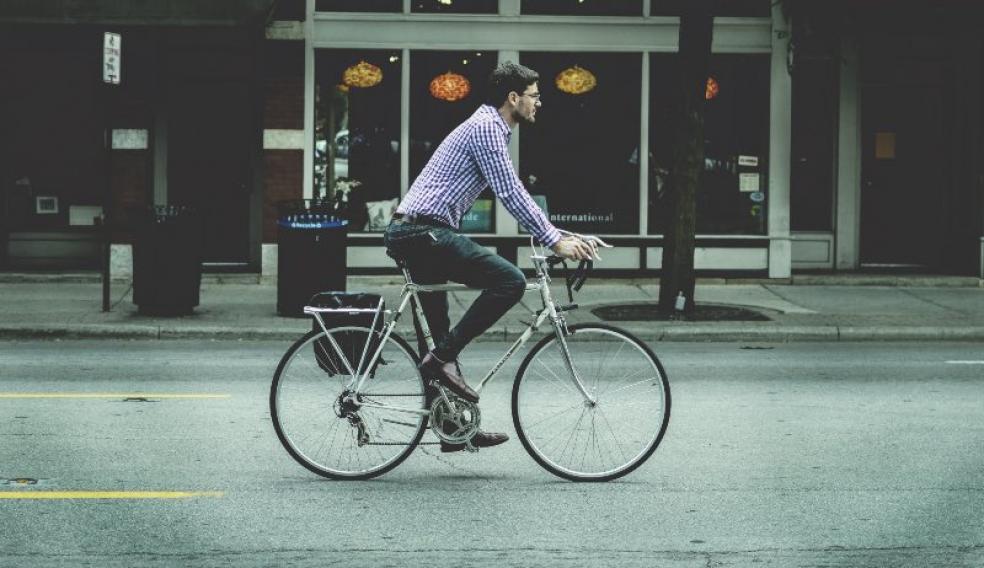
Riding a bike after knee replacement surgery – 7 top tips
Ride Your Bike to Work Day takes place this month, designed to raise awareness of the health benefits of cycling. Riding a bike is a great way to exercise, but if you’ve had knee replacement surgery how should you get back in to the saddle?
According to Paul Soley, physiotherapy manager at Peninsula NHS Treatment Centre, provided you follow advice there is no reason why you can’t ride a bike after a knee op. He said: “After your operation you will have been given instructions to help build strength and range of motion in your legs and new knee, and some of those exercises may involve a stationary bike. Riding a bike can be really beneficial after knee surgery, but you should always seek advice from your physiotherapist or your GP before you ‘saddle up’.”
Here are Paul’s top tips:
- Make sure that you have reached an appropriate level of strength and range of motion which makes cycling safe – check with your physiotherapist or GP
- Set the height of your seat correctly by sitting on the saddle with your ‘operated on’ knee straight down and resting on the pedal. You should have a slight bend in your knee when the pedal is at its lowest point. Make sure you and the bike are supported before you try this!
- Starting pedalling slowly, and when you start you might not be able to pedal all the way around, which is normal. Pedal until your operated knee bends as far as you can tolerate
- When your knee is bent as far is it will comfortably go hold the position for a few seconds and then pedal backwards until your knee once again bends as far as you can tolerate. Hold the position for a few seconds and slowly pedal forwards again. Repeat backwards and forwards for a few minutes and it is likely that you will notice a rapid improvement in your range of motion, to the point where you will be able to pedal round fully
- Your knee must be able to bend about 90 degrees before you can fully pedal on a bicycle – your physiotherapist will be able to measure your range of movement and let you know when this has been achieved
- Start building light resistance gradually, to help improve the strength and endurance of your leg muscles – your physiotherapist will be able to give you advice on how much resistance to add and when. You might experience some knee discomfort, but this is to be expected and will ease over time
If you feel a sharp pain in your knee while cycling, stop and see your physiotherapist as soon as possible











